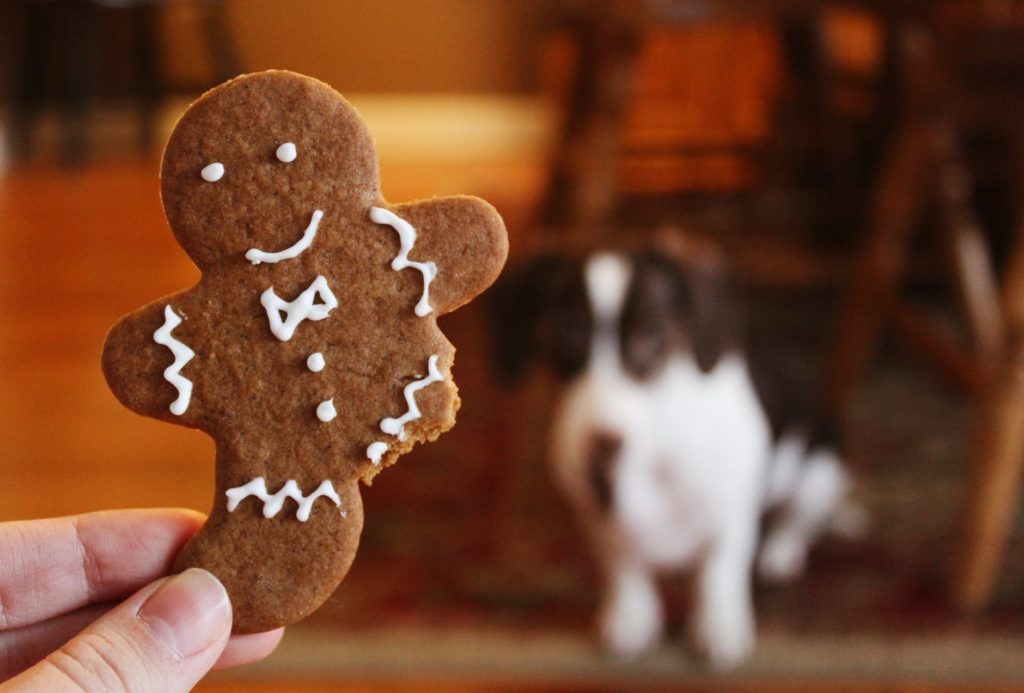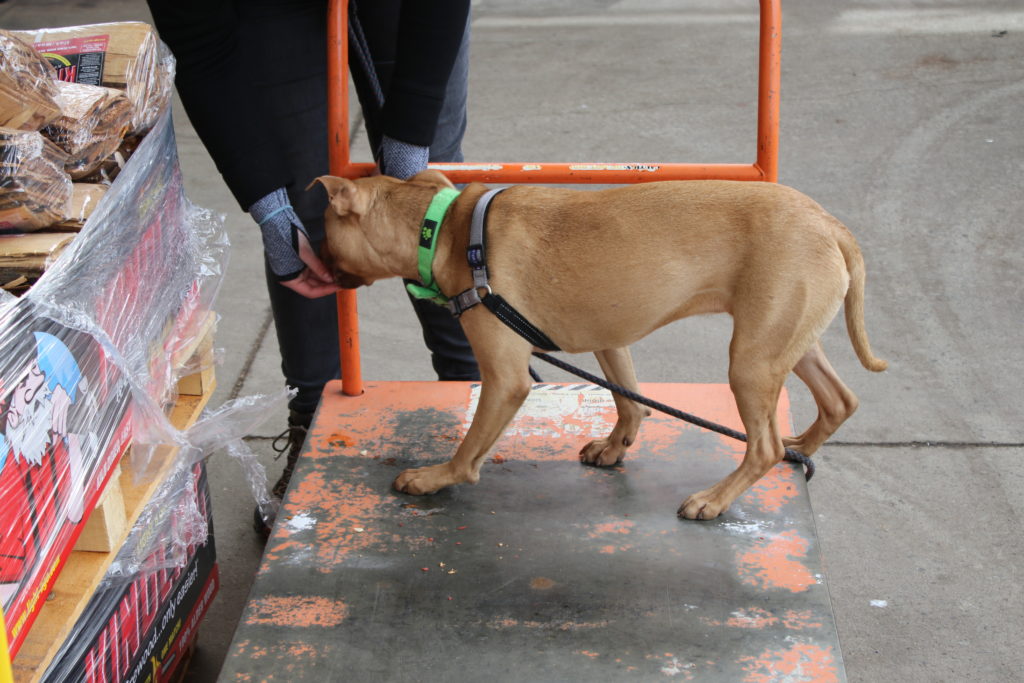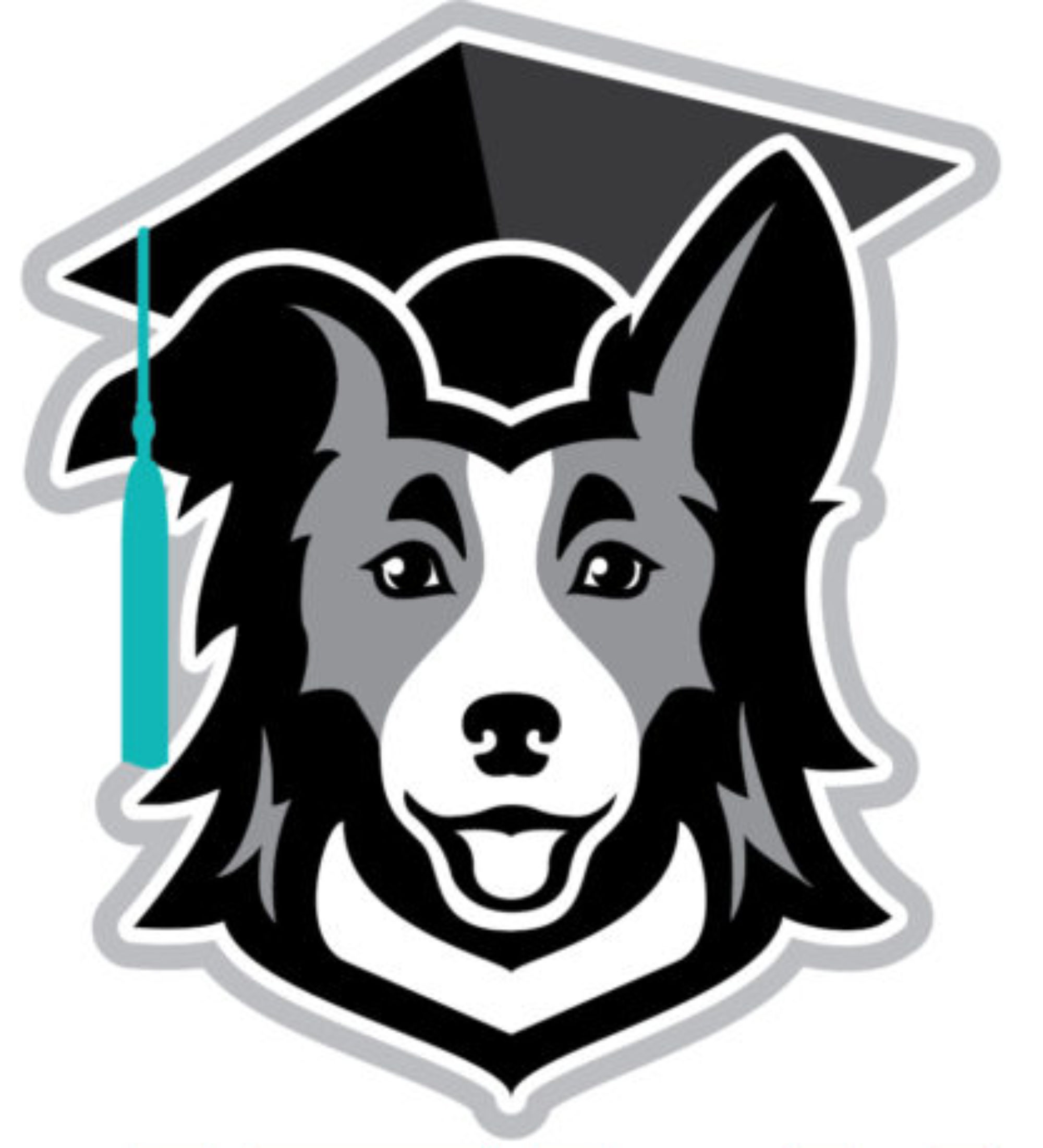If you are reading this article, chances are you might have a clue what “Food Motivation” means. But when I am out consulting with my training clients, it is clear that they have a false sense of knowledge.

When a client that blatantly tells me “My dog ISN’T food motivated!” I smile and give a chuckle replying “Then how is it that your dog is still alive?”
We somehow seem to forget that in order to live, our dogs NEED to eat. A behavior that happens every day, at least twice a day. We walk to the bag of dog food, scoop out a heaping (often oversized) portion of kibble, and dump the dry dog cereal into a bowl twice a day every day without fail. And you try to convince yourself that your pet isn’t motivated by food?
So what’s actually going on here? In my experience it often boils down to a few key points.

Portion Size – Some dogs have TINY stomachs and lose interest after just a few pieces of kibble. Other dogs are being fed 4 cups a day when the owner thinks it’s actually 2 cups because they prefer that the proper 8 oz measuring cup to sit in their cupboard. Your dog will not progress with training unless you find a valuable reinforcer to use. Solution: Reduce the size of your treats for the dogs with small stomachs. For the dogs with larger stomachs double check that they are not getting over fed.
Wrong Food – Did you know that most dogs prefer chicken over dry dog biscuits? Seems like a no-brainer. So why are you training with the same old, dry dog biscuits rover gets just for being “cute” or for going potty anyway? He gets them ALL THE TIME, what’s the motivation for learning something new? Solution: Change up your treats! Grab something small and stinky, like dried liver treats (or another random animal body part) to keep them interested in what you’ve got to teach.
Wrong Time of Day – Did you also know that, after eating a meal, your dog becomes fuller? I know it doesn’t seem like that for most dogs but give them 30 minutes after a meal for their brains to catch up to their stomachs and the likeliness of having a successful treat training session drops. Solution: Train BEFORE your dog’s meals. Better yet, take a handful of your dog’s meal and train with it. I like to train for 50% of each meal and the rest I feed from puzzle toys. Food bowls are useless for active dogs anyway.
Wrong Location – This is a HUGE problem when owners attempt to train their dogs outside of the house. They’re doing everything their instructor said; bring the treat pouch, walk with a harness on, follow the steps to teach loose leash walking, and their dog refuses to pay attention. This is known as a dog being over threshold. Dog’s are very bad at generalizing behaviors they already know to new environments. Solution: Expose your dog to ONE new environment at a time. My favorite place to start is right outside your front door. It provides the opportunity to quickly go back inside if your dog isn’t listening to take a quick break or to review the session in a location they can be successful in. Prevent them from barking at, or pulling towards other dogs or people. It will take 7 -10 successful training lessons for your dog to start showing the same reliability on the front porch as they do in your home. When he does, repeat the exercise in a new location such as a park, or simply further down the walkway.
I hope this helped and that you enjoy the journey you’re taking with your dog.
Caitlin

